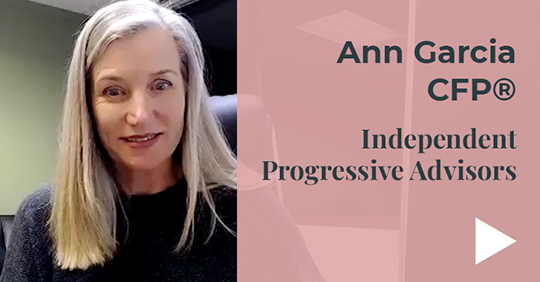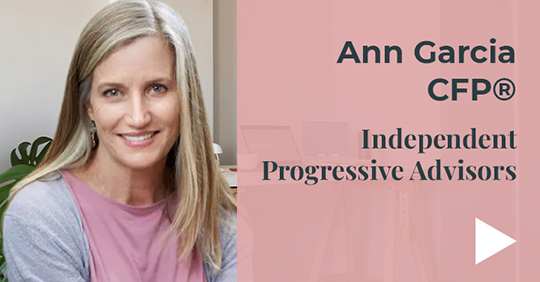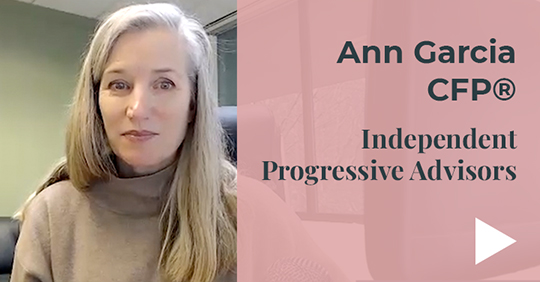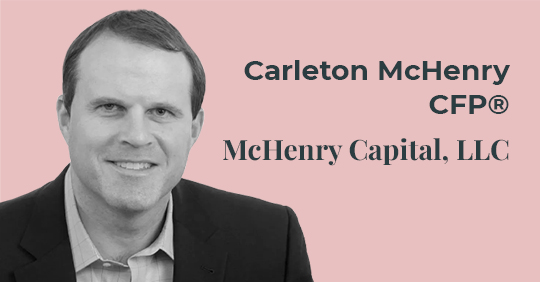Understanding college costs and financial aid can be as confusing as it is important. And with decisions on the line, you need all the information you can get. That’s why we sat down with three schools in our 529 plan to tackle real questions from families.
In this series of videos, Berklee College of Music, Stanford University, and St. Olaf College look at costs associated with college and the different types of aid that can help reduce those costs. No matter the age of your child, there’s important information here for any family.
With Kathy Anderson from Berklee College of Music, Karen Cooper from Stanford University, and Steve Lindley from St. Olaf College
The full cost of college

The amount of money it typically costs to attend college for one year is called the cost of attendance (COA). This number includes direct costs, like tuition and fees, and indirect costs that are more variable. It might surprise families to see “transportation” listed on the COA, but it can actually benefit students. Karen explains: “All of those [indirect] things are included in the full cost of attendance because that’s how much financial aid we can give you.”
Expect the unexpected
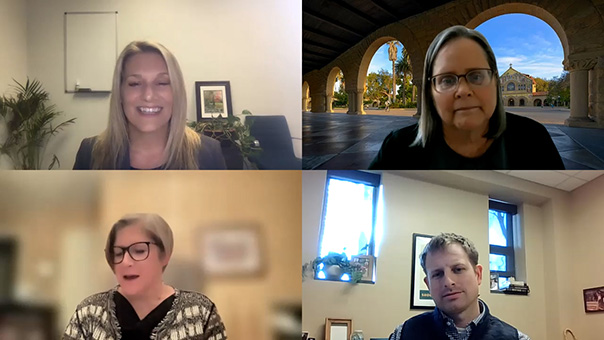
Because there can be some surprising – and avoidable – expenses listed on the COA breakdown, first-year students should be attentive. Kathy describes one example at her school: “In Massachusetts, we have to bill you for health insurance to make sure you have proper coverage. First-year families don’t realize […] if they can document they have insurance, that comes off the bill. So that’s a pretty big number.”
Plan for costs to change

When a student enters their second, third, and fourth years of college, costs can look different depending on where they live, among other things. With room and board, Steve says, “I know there are some institutions where, depending on which residence hall or which meal plan you choose to be on, the cost could go up as you get into fancier and fancier housing.”
Maximize financial aid, reduce costs
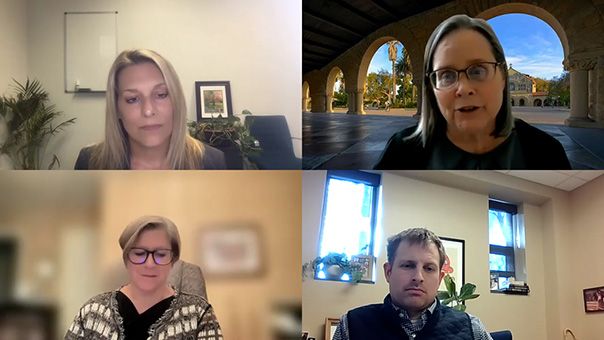
Kathy runs down the different types of financial aid used to reduce costs:
- Merit-based grants and scholarships from colleges
- Federal aid, awarded based on the FAFSA
- State scholarships
- Private scholarships from companies or organizations
Most federal aid and state scholarships are need-based, reserved for families with the most financial need. Likewise, many (but not all) private scholarships will also have a need component. Scholarships award over $50 billion a year, so it’s well worth a family’s time to research what’s out there.
More on merit scholarships
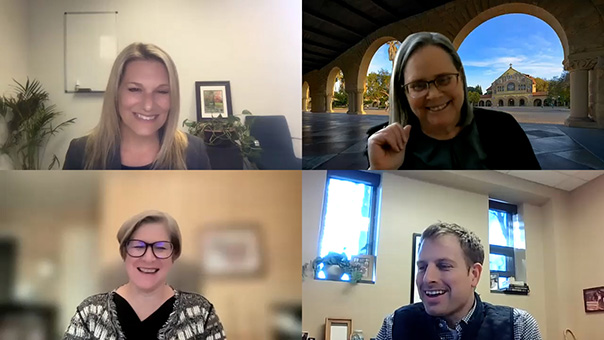
Merit scholarships are awarded to students who demonstrate talent in a certain area. It could be playing an instrument or scoring high on the SAT. The criteria is completely up to a college, and not every school offers merit-based aid.
“There are some schools where, maybe, they do exclusively merit scholarships and almost no need-based aid,” says Steve. “[While others] only do need-based aid.”
Kathy adds that merit-based aid is hard to plan for: “If you are trying to get an early read at Berklee, it is impossible because you have to play your instrument for us.”
The most important number
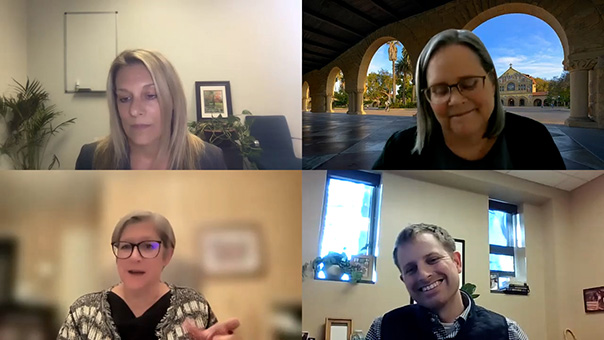
Steve sums it up perfectly: “I think the most important dollar figure for a family to identify is the net price, or how much isn’t free for me to go to this school.” Steve goes on to say that a family wouldn’t care if the cost of attendance is $80,000 if they’re getting $60,000 in grants and scholarships. They’d only care about the $20,000 (net price) left to pay.
When it comes to financial award letters, finding and comparing the net price at each college will help your student make their final school pick.
Closing the gap
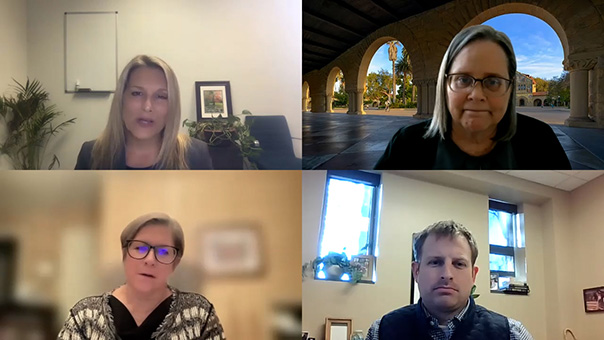
Even if the net price is a fraction of the sticker price, you still need to cover those remaining college costs. Steve recommends families turn to four buckets: private scholarships, getting a summer job (for the student), a 529 plan, and a college payment plan. There might not be money in all four buckets and that’s okay. Any amount will help close the gap and mean borrowing less later. Steve adds, “I try to work with families to think, are there other things that you can do to reduce that loan at the end.”

